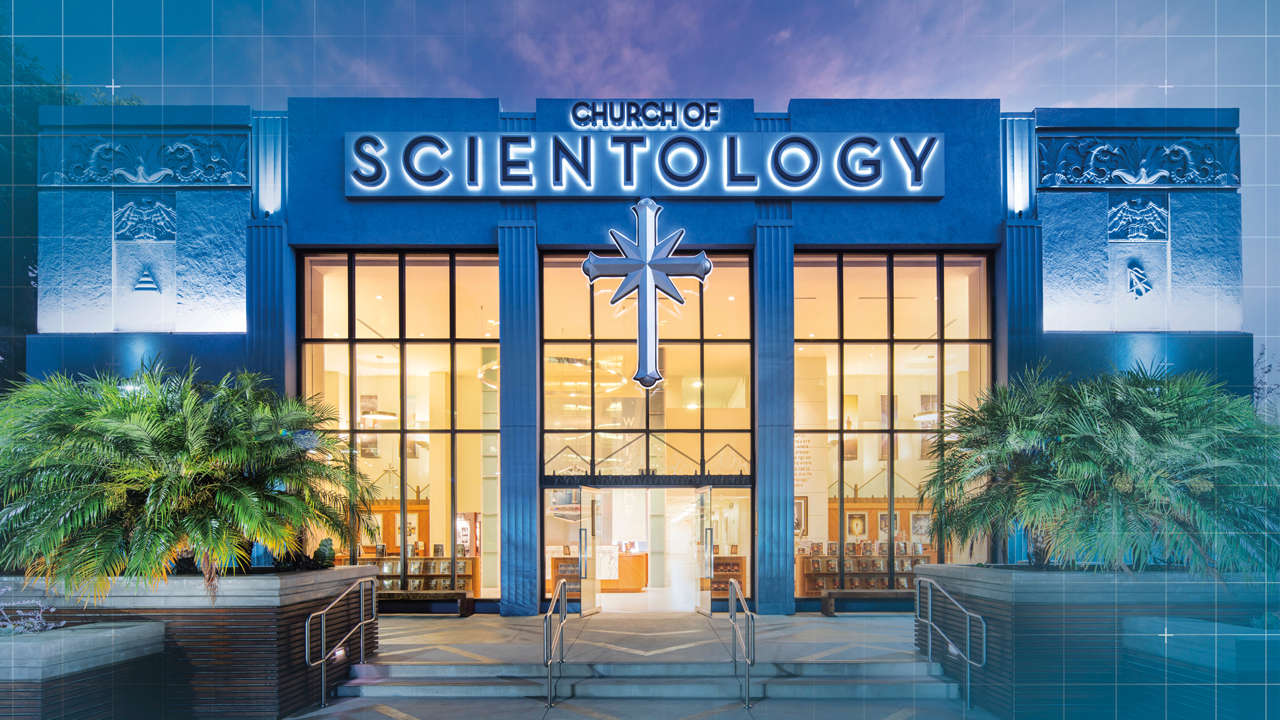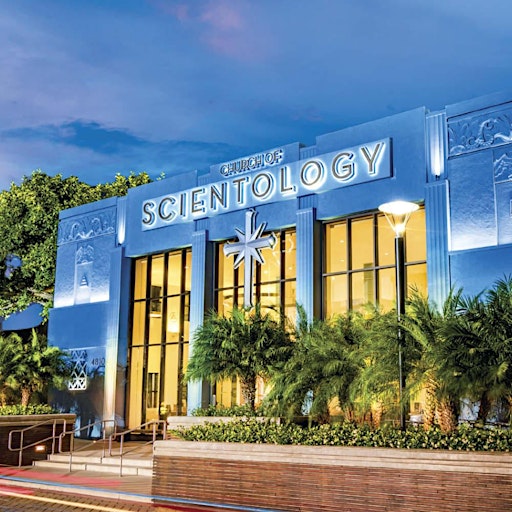Understanding Church of Scientology: Origins, Ideas, and Practices Unveiled
Understanding Church of Scientology: Origins, Ideas, and Practices Unveiled
Blog Article
The Reality About the Church of Scientology Revealed
The Church of Scientology has actually long been a topic of both attraction and dispute, with its origins going back to the mid-20th century. Started by sci-fi author L. Ron Hubbard, this spiritual motion has obtained substantial interest for its special ideas and methods. Nevertheless, beyond the surface level information that numerous know with, there exists a much deeper and a lot more detailed internet of debates, criticisms, and intricacies that lost light on the internal workings of this company. As we start to unravel the reality regarding the Church of Scientology, a more clear picture arises, disclosing a narrative that is as interesting as it is contentious.
Beginnings and Starting
The Church of Scientology was started in 1954 by scientific research fiction writer L. Ron Hubbard. Hubbard initially created a self-help system called Dianetics, which later on developed right into what is now called Scientology. The beginnings of Scientology trace back to Hubbard's dissatisfaction with typical psychotherapy approaches and his belief in the potential for people to overcome previous traumas and accomplish spiritual knowledge.
Hubbard's trainings focused around the idea of thetans, immortal souls offer in all individuals, and the practice of bookkeeping, a type of therapy focused on revealing and resolving past traumas (Johannesburg North). These concepts developed the structure of Scientology, which Hubbard called a faith that offered a path to self-discovery and personal development
The Church of Scientology quickly gained followers, with Hubbard establishing the first official Church of Scientology in Los Angeles. Over the years, the organization expanded globally, attracting both devoted fans and doubters that elevated worries regarding its methods and ideas. In spite of disputes surrounding its techniques and beginnings, Scientology proceeds to be a significant religious movement with a presence in various countries all over the world.

Ideas and Practices
With a concentrate on spiritual enlightenment and personal development, Scientology's methods and ideas revolve around achieving and discovering previous injuries self-discovery via the principle of thetans and the technique of bookkeeping. Thetans, according to Scientology teaching, are immortal spiritual beings that exist within each individual. These thetans have endured numerous past lives and have built up unfavorable experiences referred to as engrams that prevent spiritual development. With a process called bookkeeping, Scientologists purpose to address and get rid of these engrams to achieve a state of clear, totally free from the negative results of previous trauma.
By doing so, Scientologists believe they can attain spiritual knowledge, improve individual growth, and reach their complete capacity as spiritual beings. The method of bookkeeping is main to the beliefs and practices of Scientology, emphasizing self-discovery and the pursuit of a higher state of presence.
Objections and controversies
Among public examination over here and argument, the Church of Scientology has dealt with a wide range of objections and disputes concerning its methods and effect on culture. One substantial point of contention focuses on the organization's supposed monetary techniques, with accusations of outrageous charges for solutions and hostile fundraising strategies - What is Scientology. Doubters have also elevated issues regarding the Church's rigorous hierarchical framework, which some former members claim promotes a culture of control and adjustment
Furthermore, the Church of Scientology has gone through widespread criticism for its treatment of members, including allegations of required labor, emotional abuse, and the technique of interference, where participants are urged to cut ties with household and close friends crucial of the Church. These methods have resulted in various lawful obstacles and examinations in several countries, casting a shadow over the Church's reputation.
In Addition, the Church's hostile legal strategies against media and doubters electrical outlets have actually triggered disputes regarding free speech and the limits of religious defense. These disputes have dramatically shaped public assumption of the Church of Scientology and remain to sustain recurring debates regarding its legitimacy and effect on society.
Management and Framework
Just how does the management framework of the Church of Scientology affect its operations and decision-making processes? The Church of Scientology is known for its ordered management model, which is streamlined around the authority of its leader, presently David Miscavige.
At the regional level, Scientology runs via individual churches and goals, each with its very own set of leaders in charge of overseeing operations within their corresponding areas. These leaders additional reading are tasked with executing the directives stated by the central management while also resolving the specific requirements of their members.
While this hierarchical framework can streamline operations and ensure adherence to the church's teachings, it has likewise faced objection for potential misuses of power and absence of openness. Comprehending the management and framework of the Church of Scientology is important in understanding just how the company functions and the characteristics at play within its ranks.
Impact and Effect
What substantial effects does the leadership structure of the Church of Scientology have on its members and outside stakeholders? The ordered management framework within the Church of Scientology puts in an extensive impact on its members and external stakeholders.
Externally, the Church of Scientology's leadership structure can have a polarizing result on stakeholders. While some might be drawn to the organization's charismatic leaders and pledges of self-improvement, others might be wary of the control put in over participants and the debates bordering the church. This can result in a department in public perception, with some checking out the company positively and others sharing suspicion or objection. In general, the management structure of the Church of Scientology plays a substantial duty fit the experiences and understandings of both participants and external stakeholders.
Final Thought

The Church of Scientology rapidly obtained fans, with Hubbard establishing the first official Church of Scientology in Los Angeles.Among public analysis and discussion, the Church of Scientology has actually encountered a plethora of objections and disputes regarding its practices and impact on culture.What substantial impacts does the leadership structure of the Church of Scientology have on its members and outside stakeholders? The hierarchical management framework within the Church of Scientology puts in a profound impact on its members and exterior stakeholders. In general, the management structure of the Church of Scientology plays a substantial role in forming the experiences and understandings of both participants and outside stakeholders.
Report this page